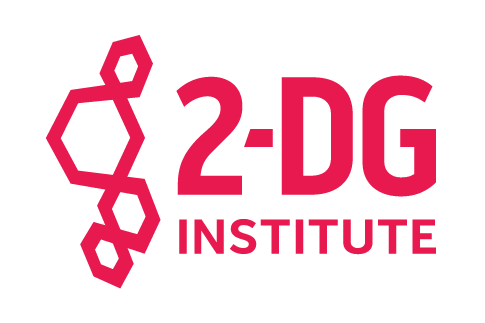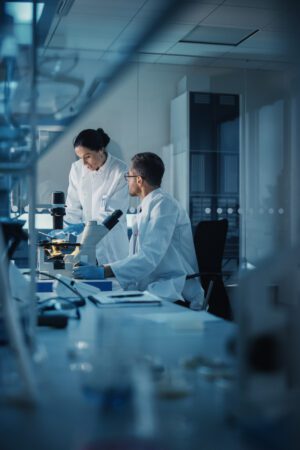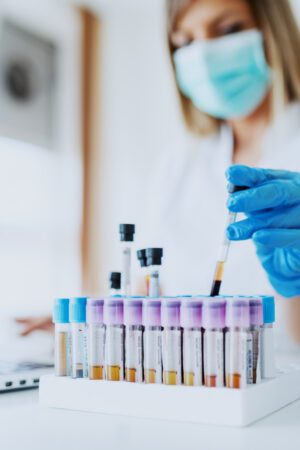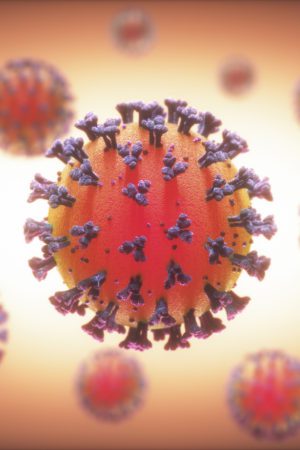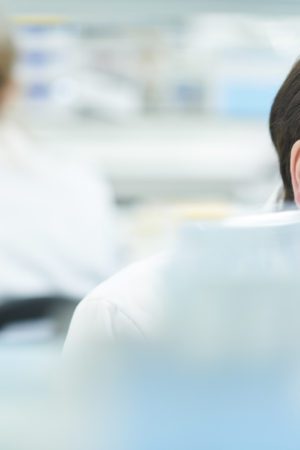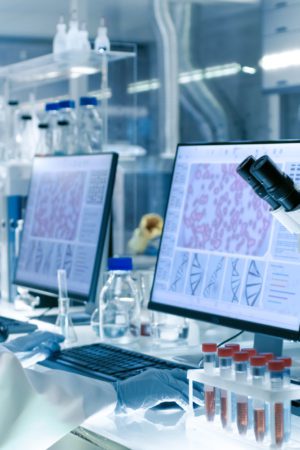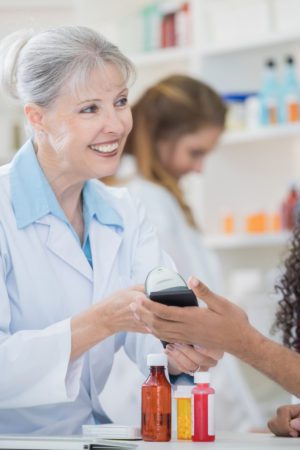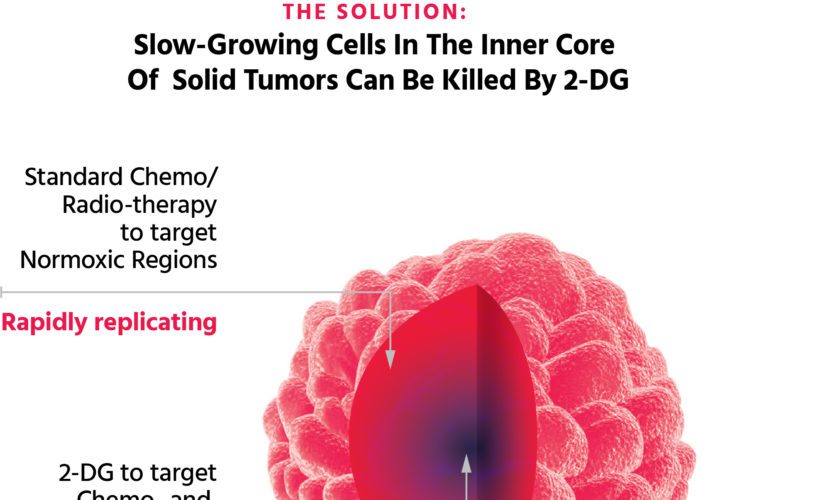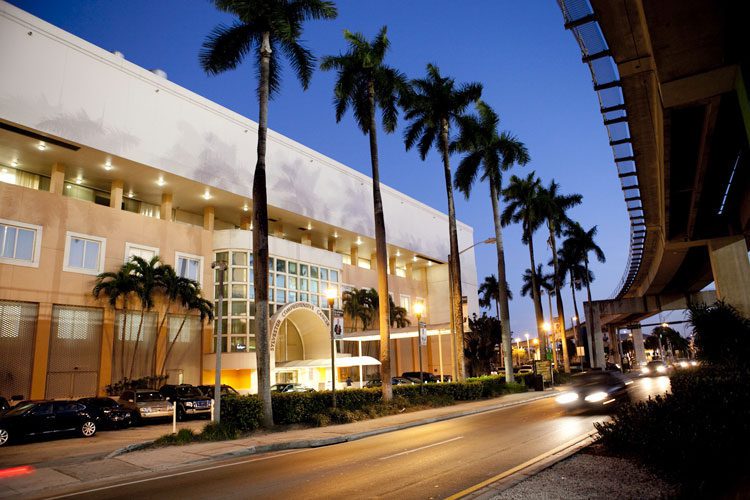Since we started our journey in the late 1990s using the sugar analogue 2-DG to target the hypoxic population of cells found in solid tumors, there has been increasing interest in this compound as witnessed by the number of labs and publications studying it. Having published the results of our completed Phase I trials this year (see link below) we have received several inquiries from research scientists around the world including Japan, Spain and others inquiring about 2-DG’s availability for further clinical testing. As a result of the growing realization of the importance of 2-DG for probing and exploiting increased glucose metabolism in cancer, we continue to initiate global collaborations. With the essential input of philanthropic support our goal is to become a resource that physicians and scientists can use to obtain clinical grade 2-DG, as well as share information and findings on how best to use it as a single agent and in combination with standard cancer chemotherapeutic or non-chemotherapeutic agents. Attaining this goal should have a significant impact in the treatment of most types of cancer, and with your help, we will make it happen.
Research Publication: A phase I dose-escalation trial of 2-deoxy-D-glucose alone or combined with docetaxel in patients with advanced solid tumors. Raez LE, Papadopoulos K, Ricart AD, Chiorean EG, Dipaola RS, Stein MN, Rocha Lima CM, Schlesselman JJ, Tolba K, Langmuir VK, Kroll S, Jung DT, Kurtoglu M, Rosenblatt J, Lampidis TJ. Cancer Chemother Pharmacol. 2012 Dec 11
